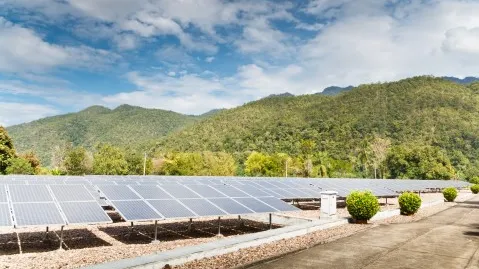
China leads global solar PV supply chains: report
It accounts for over 80% of the manufacturing stages of solar panels.
China holds the lion’s share in all manufacturing stages of solar panels, exceeding 80%, on the back of government policies supporting the growth of the sector as well as domestic demand.
In a report, the International Energy Agency (IEA) noted that China has invested over $50b in new photovoltaics (PV) supply capacity, 10 times more than Europe, and has created over 300,000 manufacturing jobs in the solar PV value chain since 2011.
“Global solar PV manufacturing capacity has increasingly moved from Europe, Japan, and the United States to China over the last decade,” the report read, adding that China is home to the top 10 suppliers of solar PV manufacturing equipment.
“China has been instrumental in bringing down costs worldwide for solar PV, with multiple benefits for clean energy transitions. At the same time, the level of geographical concentration in global supply chains also creates potential challenges that governments need to address,” the IEA said.
READ MORE: Trina Solar breaks ground for PV factory in China
The agency added that Chinese industrial policies, focused on solar as a strategic sector, and on the growing domestic demand, contributed to reducing the cost by more than 80%. This helped the sector to become the most affordable electricity generation technology in many parts of the world.
Solar PV products are also a significant export for China, which value reached over $30b in 2021, almost 7% of China’s trade surplus in the last five years. It also invested n Malaysia and Vietnam, making them major exporters of PV products.
China’s innovation has also cut by half the emissions intensity of solar PV manufacturing since 2011, it added.
However, the IEA said China also led to a supply-demand imbalance in the PV supply chain, noting that global capacity for manufacturing wafers and cells which are needed to make solar panels, exceeded demand by at least 10% by the end-2021.
“ By contrast, production of polysilicon, the key material for solar PV, is currently a bottleneck in an otherwise oversupplied supply chain. This has led to tight global supplies and a quadrupling of polysilicon prices over the last year,” the report read.



















 Advertise
Advertise






